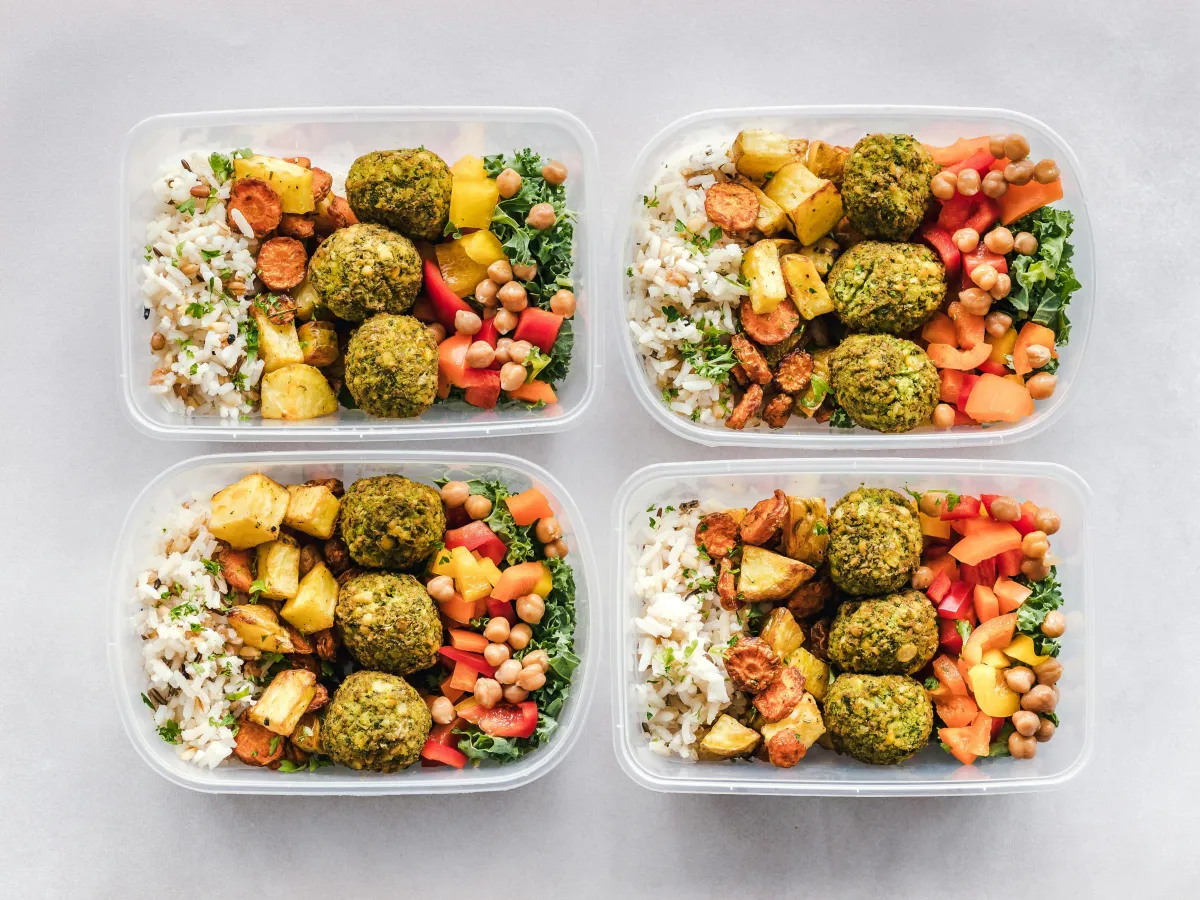OUR LATEST POSTS

Budget-Friendly Meal Planning Tips to Save Money and Eat Healthy
Eating healthy on a budget may seem challenging, but with the right meal planning strategies, it’s entirely achievable. Meal planning not only saves money but also helps you avoid food waste and stick to a nutritious diet. Whether you're feeding a family or just yourself, these tips will help you create delicious, budget-friendly meals that nourish your body and wallet.
1. Start with a Plan
The foundation of budget-friendly eating starts with a meal plan.
Set a Weekly Menu: Decide what you’ll eat for breakfast, lunch, dinner, and snacks.
Check Your Schedule: Account for busy nights when you might need quick and easy meals.
Use What You Have: Take inventory of your pantry, fridge, and freezer to use up items you already own.
Pro tip: Begin with simple recipes to avoid feeling overwhelmed.
2. Create a Grocery List and Stick to It
A well-thought-out grocery list helps you avoid impulse purchases.
Organize by Store Sections: Group items by produce, dairy, frozen, etc., to make shopping efficient.
Stick to Your List: Avoid buying items that aren’t on your list unless they replace a planned purchase.
Apps like AnyList or Google Keep can help you manage and share your grocery lists digitally.
3. Embrace Batch Cooking
Cooking in large quantities saves time and money.
Make and Freeze Meals: Prepare double batches of soups, stews, casseroles, or pasta sauces and freeze them for later.
Repurpose Ingredients: Use one ingredient, like grilled chicken, in multiple meals such as salads, wraps, and stir-fries.
Batch cooking also reduces reliance on expensive takeout during busy weeks.
4. Shop Seasonal and Local
Buying produce in season is more affordable and flavorful.
Seasonal Savings: Look for fruits and vegetables that are abundant and in season.
Visit Farmers' Markets: Local markets often have fresh, affordable produce.
Frozen Alternatives: Frozen fruits and veggies are a great option when fresh isn’t available—they’re often cheaper and just as nutritious.
5. Choose Affordable Protein Options
Protein is a crucial part of a healthy diet, but it doesn’t have to be expensive.
Try Plant-Based Proteins: Beans, lentils, tofu, and chickpeas are budget-friendly and versatile.
Opt for Cheaper Cuts of Meat: Chicken thighs, drumsticks, and ground turkey are cost-effective.
Buy in Bulk: Purchase proteins in bulk and freeze portions for later use.
6. Limit Pre-Packaged and Processed Foods
Convenience comes at a cost—both financially and nutritionally.
Avoid Single-Serving Packs: Buy snacks and other items in bulk and portion them out yourself.
Cook from Scratch: Homemade meals are usually cheaper and healthier than store-bought options.
For example, making your own salad dressing or granola can save you money and reduce additives.
7. Incorporate Meatless Meals
Meatless meals can significantly lower your grocery bill.
Go Meatless Once a Week: Try dishes like vegetable stir-fries, bean chili, or pasta primavera.
Experiment with Grains: Use quinoa, bulgur, or barley as hearty bases for meals.
Meatless doesn’t mean boring—spice up your dishes with herbs, spices, and flavorful sauces.
8. Reduce Food Waste
Throwing away food is like throwing away money.
Store Food Properly: Learn the best ways to store fruits, vegetables, and leftovers to extend their shelf life.
Repurpose Leftovers: Transform last night’s dinner into today’s lunch or a new meal entirely.
Freeze Extras: Freeze leftover sauces, soups, and bread before they go bad.
Apps like Too Good To Go can help you find discounted groceries nearing their expiration date.
9. Buy in Bulk (When It Makes Sense)
Bulk buying can be a great way to save on staples.
Focus on Non-Perishables: Stock up on rice, pasta, oats, and canned goods.
Avoid Overbuying Fresh Items: Only buy perishables in bulk if you can use or freeze them.
Consider joining warehouse clubs like Costco or Sam’s Club if bulk buying is part of your strategy.
10. Prep Ingredients Ahead of Time
Meal prep can streamline your week and reduce the temptation to eat out.
Chop Veggies in Advance: Prep ingredients for salads, soups, and stir-fries in one session.
Cook Grains and Proteins: Make large batches of rice, quinoa, or roasted chicken to use throughout the week.
Having ready-to-use ingredients makes healthy eating convenient and reduces last-minute takeout orders.
Sample Budget-Friendly Meal Plan
Breakfasts:
Overnight oats with fresh fruit.
Scrambled eggs with spinach and whole-grain toast.
Lunches:
Lentil soup with a side salad.
Grilled chicken wraps with veggies and hummus.
Dinners:
Vegetable stir-fry with brown rice.
Baked pasta with spinach and ricotta.
Snacks:
Homemade trail mix.
Carrot sticks with peanut butter.
Healthy eating doesn’t have to break the bank. With careful planning, smart shopping, and some creativity in the kitchen, you can enjoy delicious, nutritious meals without overspending.
Start small, stay consistent, and you’ll not only save money but also build habits that support a healthier lifestyle.
One or more of the links above are affiliate links, meaning, at no additional cost to you, we will earn a slight commission if you click through and make a purchase. Each of these products is chosen by a trusted member of our team.

